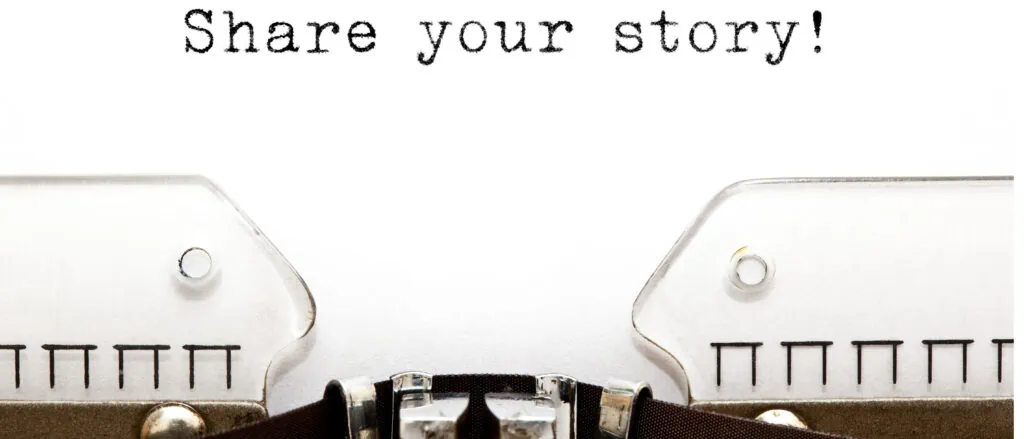Great ideas need a story
Innovative start-ups in the technology and AI sectors often find it hard to create a company, product, and service narrative. Their inclination is to focus on what they see as the innovation – the technical detail - rather than what interests customers most.
You need to know your technology to instil confidence in the customer that your products work, and your service performance is great. But creating a compelling narrative about your company, products and services is equally important when it comes to building relationships and winning business.
It's often the stories that people tell about what they do, and why, that matters most when it comes to customer, employee, and supplier engagement. Good stories create interest and intrigue and get you remembered. And if told the right way, the people you tell will retell it to others. Spreading the word on your behalf about your company and what you do.
Stories can help you and your business stand out from the crowd. Everyone's story is different. And creating a story sounds straightforward but in reality, creating stories often means reframing how you think about what you do and why you do it.
What makes a compelling sales narrative?
To keep things simple, we recommend that our customers develop the following for their company, each product, and each service.
- 3 Must Tell Messages - no matter what, make sure you get these across.
- 3 Could-Tell Messages – have them in our pocket so that given a chance, you can seize the moment to tell them.
The types of questions that can uncover your stories and underpin your narrative might be based on exploring the following themes such as:
- Why the company was formed - what were the series of events?
- What makes you excited about your company - now and looking forward?
- How has the company evolved – did plans change and why?
- What makes you proud of what you are doing?
Then, examples of areas to explore when developing a product or service narrative might be:
- What are the most memorable events or milestones?
- How has your product or service developed and why?
- What are your plans for the product and why?
- What was the impact on not just your customers, but your customers' customers?
So why does storytelling matter?

Developing and testing narratives with external support can help you identify what interests people - it migt not be what you think. When it comes to innovation, if you doubt the value of stories, here are some examples that have been expanded upon and retold over time – and you can reuse them - but pick your moment with care – it really is better to have your own.
You don’t want to be known as just a storyteller.
The first story is one of the most often repeated in business – which is a story in its own right.
During a visit to the NASA Space Centre in 1962, President Kennedy noticed a man carrying a broom. He said: “Hi, I’m Jack Kennedy, what are you doing?” The janitor responded: “I’m helping put a man on the moon, Mr President.” Expanding upon this story has been used to create a narrative that, when it comes to taking on the biggest innovation challenges, reinforces the importance of alignment of purpose across an organisation, no matter what the role.
The second story is usually tied in with the reality of innovation – where success is not guaranteed, and failure is inevitable.
Thomas Edison, on his company’s journey to inventing the light bulb, once said "I've not failed, I've just found 10,000 ways that won't work". This story highlights the importance of resilience, and the recognition that failure is something to be learned from.
And the third story is less well known, so its use in many cases may be more novel.
In 2007, Melanie Perkins was working a part-time job while studying in Perth, Australia, teaching students how to use desktop design software. The software was expensive and complex, so Perkins asked, “Is there a way this could be simpler and less expensive?” She set a goal to create an affordable, simple, online design tool. Three years later, Canva received its first investment.
This last story, about how experience led to a problem-led innovation, about not accepting the status quo, then finding a solution that turns into a multi-billion-pound business will resonate with many successful entrepreneurs.
Taking care to develop a sales narrative that can be used, reused and shared within and outside your business helps people understand why they should work in your business and why they should work with your business.You can download our free-to-use sales narrative development template here.




